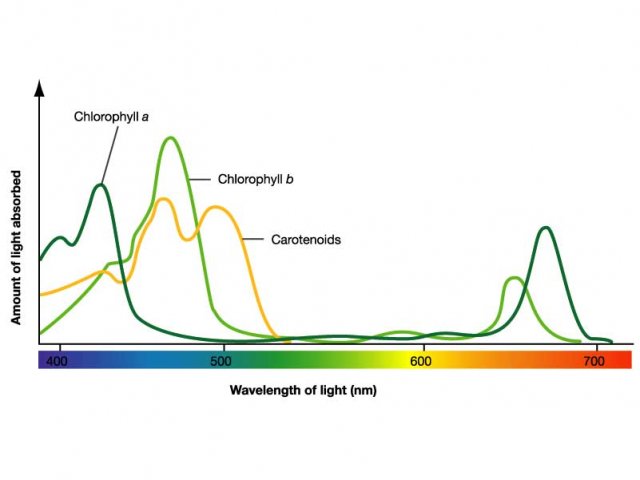Byron Amazonas
AC Members
However, the tank has shown no ammonia whatsoever, or nitrite. I did test nitrate last night as well and that was 0 at this point. I'm wondering if either the plants I've added have sucked it up before it accumulates or if there has been no cycling at all... but my guess would be that, if there were no bacteria consuming wastes in the tank I'd have to have ammonia accumulating at this point, from the fish themselves giving off ammonia.
So far so good I guess. I did have cloudy water last night, this could have been from me moving plants around in the new sand as well, but still had good readings, everything was 0, although it looked like ammonia may have hit .25, my biggest complaint with the API kit is that the difference between 0 and .25 is sometimes difficult to determine. It was just a touch lighter than the typical yellow 0 reading though.
Anyhow, water cleared up this morning, and I'll check readings again after work.
Your live plants are going to factor in to this "test" significantly. Plants require nitrogen, and aquatic plants (most of them) prefer ammonium, not nitrate. In fact, tests have shown that when ammonia/ammonium is used up, plants seem to turn next to nitrite and only then to nitrate. The reason is that for plants to use the nitrate, they first must change it back into ammonium and this uses energy that the plants would rather use elsewhere.
Plants are also faster at taking up ammonia than the bacteria, so in a real sense plants out-compete bacteria for most of the ammonia/ammonium. This means that less gets changed into nitrite (you will not see nitrite above zero in planted tanks ever, unless something else is out) and then less nitrite into nitrate. Eventually nitrate may show up, depending upon the fish load. Many low-tech planted tank aquarists have zero nitrate, others less than 10 ppm. It should never be over this, unless nitrate is being added as plant fertilizers or, again, there is a real problem with the biological balance. So while the plants are not "sucking up" the nitrate, they are the reason you are not seeing it.
Byron.



